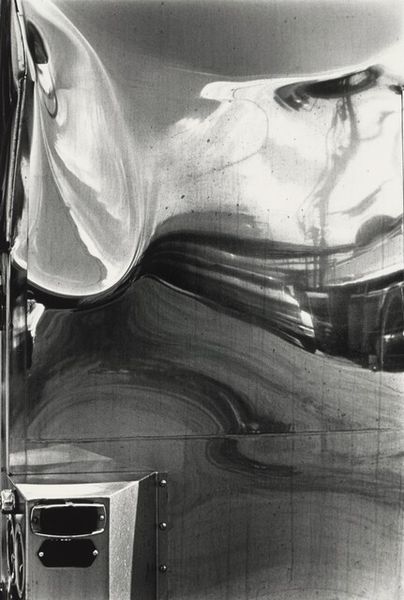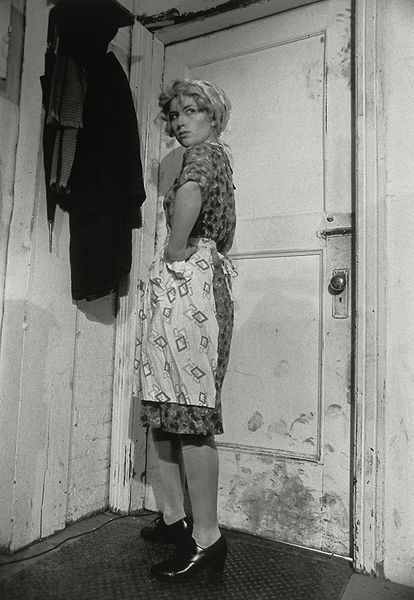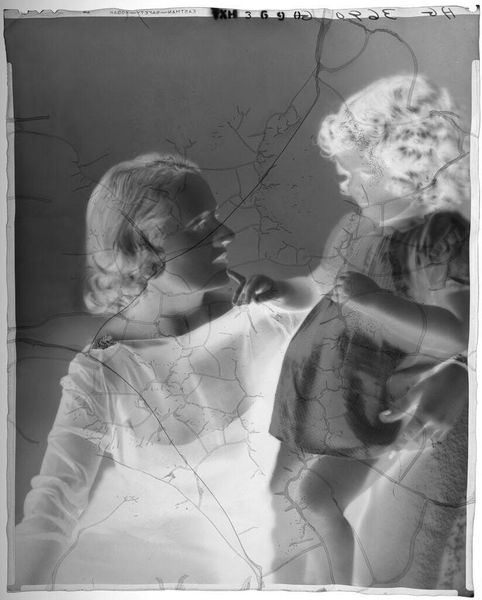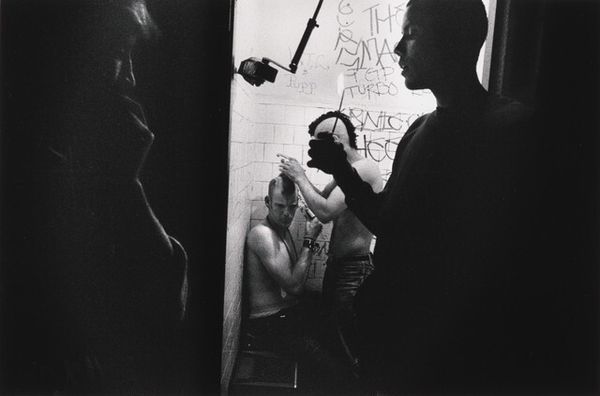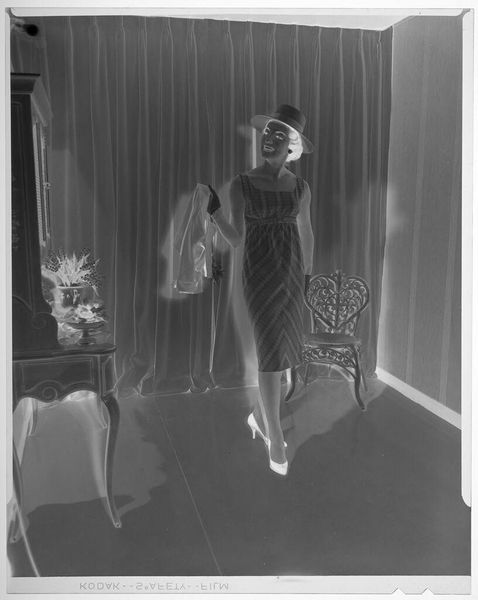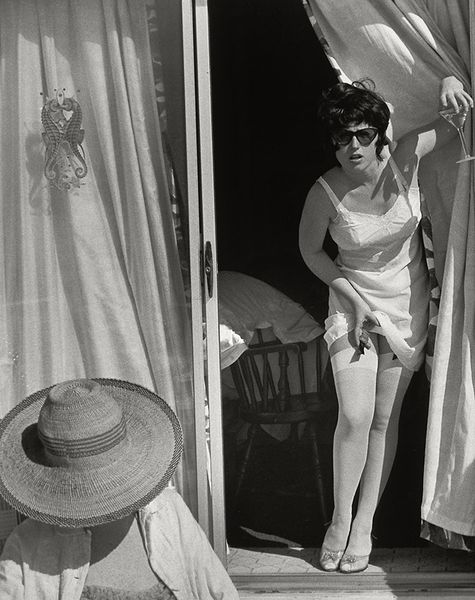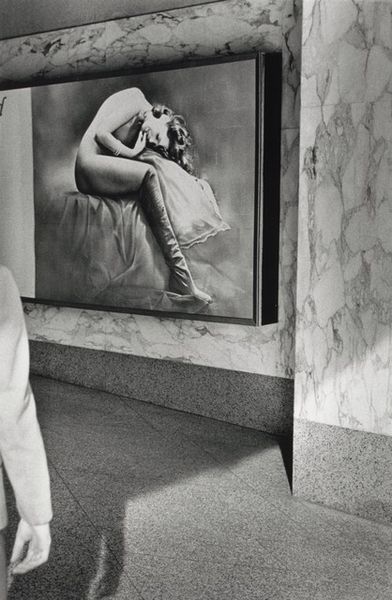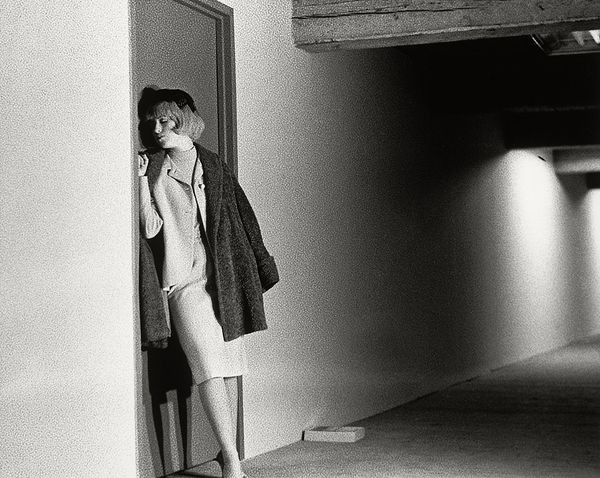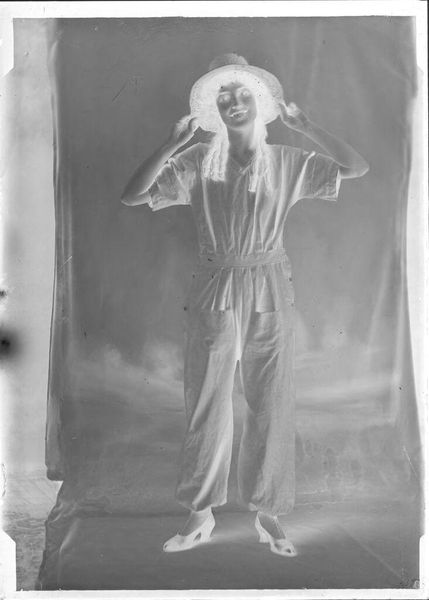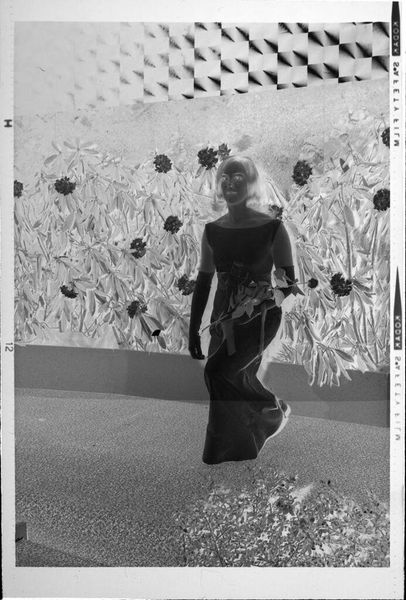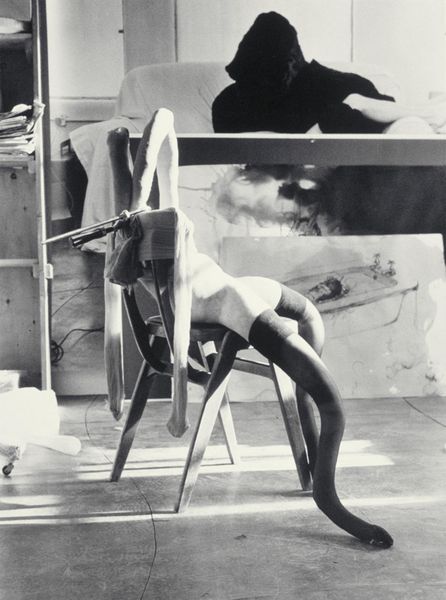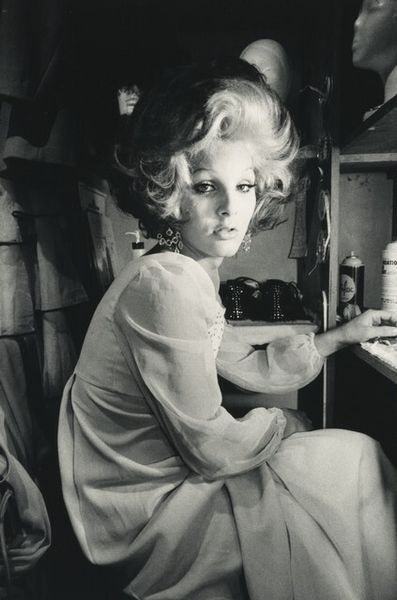
Editor: This photograph titled "Warhol and Marilyn," captured by William John Kennedy, offers a glimpse into, seemingly, Warhol’s creative space. The layering of images creates a fragmented and somewhat ghostly effect. How do you interpret this work, particularly its commentary on fame and identity? Curator: This piece resonates deeply with the sociopolitical climate of the time. It shows Warhol behind a semi-transparent image of Marilyn, an idol and a symbol, representing how the powerful appropriate icons to amplify their status while contributing to a celebrity’s distorted image. In essence, Warhol becomes another author in the narrative constructed around Marilyn, doesn’t he? How does this reflection impact your understanding of identity in modern image culture? Editor: That's a great point. It does bring attention to how we construct our own identities, in relation to celebrities. So, is it about how celebrity is another type of social power structure, in that the artist’s visibility grants them power over someone like Marilyn’s persona? Curator: Precisely. It also engages with the very public narratives, where stars like Marilyn became, in essence, publicly-owned. It encourages a vital interrogation of the cultural forces that create and control celebrity and representation of the Other. The semi-transparency hints at how images distort our views, while adding new levels of identity politics to unpack. I find this visual stratification between the artist and their chosen "subject" almost cruel in nature. What is your impression? Editor: This conversation really broadened my perception. At first I looked at it simply as a portrait, but seeing its embedded social commentary changes everything. Curator: Absolutely. By exploring the power dynamics present, it challenges us to think about how such forces are consistently replaying in culture at large.
